Life on the Viking Sky -- Here's a Typical Day at Sea
Halfway between Reunion and Richards Bay, I thought you'd like to know what it's like.
Below are pages 2 and 3 from today’s Viking Daily, which was delivered to our stateroom at turn-down yesterday evening:
There are many guests who have their own get-togethers which aren’t on the above schedule. For instance, Rita has a group of women with whom she plays cards or other games (e.g., Mexican Train, Mahjong) at 1 p.m. every sea day and a second group of women (with some overlap) in an “A to Z” group which gets together in the Explorer’s Lounge at 4 pm every sea day to sample a different drink from the bar’s menu. The ship’s captain seems to have put this fun group on his calendar too, since he’s showing up regularly — but not drinking. That reminds me: I was told recently that there are anonymous passengers from the home office on the ship (supposedly unknown to the crew) whose job it is to make sure everyone is performing as they’re supposed to — such as not drinking with the “A to Z” group….
Because it’s a sea day, the “coffee chat” with Cruise Director Verity Brown is on the above calendar for 8:30 a.m. in the Wintergarden. Today she had as her guest Staff Captain Ben Moelbach, who talked about himself and his job as second in command of the ship under Captain Markus Jurland.
One attendee asked a question I wouldn’t have thought to ask: “Do you work for Viking?” It turns out the answer is “no.” He works for Wilhelmsen Ship Management, a Norwegian company started in 1861, which has the contract to provide all the bridge, engine and technical crew for Viking Ocean ships. Crew in all other departments — housekeeping, entertainment, food service, excursions, spa, etc., — are hired and managed by Viking directly, although Viking does have contracts, for example, with an entertainment company, through which all entertainers and enrichment speakers are requisitioned.
We also learned at today’s coffee chat that Viking paid $50,000 per ship to license the Super Bowl feed, which did not include the half-time show or advertisements. Internet service, we were told, costs tens of thousands of dollars per month from Starlink (great service, I’ve found, even when streaming). Our friend Gary Miller says many of his remote neighbors in Homer, Alaska, use Starlink, which costs about $100 per month for individual residential accounts.
Prior to the coffee chat, Rita and I went to the World Cafe for breakfast, where we delighted in the jumbo blueberries, fresh papaya, fruit smoothie, other fruits, made-to-order omelet (I ordered ham, cheese, mushroom and bacon), and turkey bacon. Here’s a picture of what I gathered for the two of us to share. Rita got more papaya and some Greek yogurt to eat with the blueberries. They feed us well!
That allowed us to get back to the stateroom in time to watch the 9:30 lecture on the history of South Africa. As usual, I took a lot of pictures during the lecture. Here are a few, starting with this one showing presenter Mike Seigel and a view from the ocean of famed Table Mountain behind Cape Town:
The next slide is of the Peters World Map, which is described this way on oxfordcartographers.com: “Maps not only represent the world, they shape the way we see it. The revolutionary Peters Projection map presents countries in their true proportion to one another: it has been adopted by the UN, aid agencies, schools and businesses around the world.” Mike Seigel showed it to make the point that Africa is bigger than traditional world maps would have us believe.
This slide shows the size of Africa in another way — by superimposing other world countries over it, including the U.S. and China:
Like so many “third world” territories, South Africa was “discovered” and fought over many times during the “age of discovery,” so Mike offered this observation about the term:
During his talk, Mike offered these timeline slides where summarized many of his other slides:
One thing we learned from Mike’s lecture was that the man who created the Rhodes Scholarship from his oft ill-gotten riches was a racist — but, of course, that merely made him a product of his time (like the 12 US presidents who were slaveholders, 8 of them while in office):
The following slides are about the history of apartheid in South Africa and four men who helped end it, earning themselves the Nobel Peace Prize:
As I wrote earlier in this cruise, being on a Viking Cruise is like a “Semester at Sea.”
On the above Viking Daily calendar you saw there were two other lectures and a port talk about Richards Bay. Port talks are always two days prior to arrival so guests have time to change or cancel their excursions based on how they’re described during the talk. We appreciate how Verity provides history and background on the destination prior to introducing Max, the excursion director, who describes the tours, which always includes how demanding each one is, how much walking and how many stair steps are included. (That’s in recognition of how old most of us guests are.) In most cases, he seems to have visited the places on the various tours. He always opens with a funny lie about himself (usually including a pun), inserts a one-liner in the middle and closes with a joke. Quiet entertaining.
We watched the 11:00 lecture, but we didn’t find it very interesting — and barely relevant to Africa. We’re looking forward to the evening talk about apartheid, but I won’t wait for that before sending out today’s report.
As for food, Rita and I prefer the World Cafe because of its wide selection of foods, including sushi and pizza. The service is great once we seat ourselves, often with friends or at a table where we make new friends. There are three sit-down options with table service. We went to Manfredi’s (Italian) restaurant last night, and we’ve been to the Chef’s Table several times with its fixed menu, wine-paired service. There’s also the “Restaurant” on Deck 2 which has a large menu to choose from. It’s nice that guests are not limited to anything, whether it’s entrees or the free wine at lunch and dinner. The other night there was both a lobster and filet mignon entree on the menu, so I ordered both — surf and turf. Of course, it’s nice to just get up and leave at the end — no check and no tipping.
A couple times we arose after the World Cafe closed. In such occasions we can go to Mamsen’s in the Explorer’s lounge, where they serve a light breakfast, including made-to-order Norwegian waffles as well as oatmeal and fruit until 11 a.m.
So, that’s what a typical day at sea is like. I hope you enjoyed reading about it!


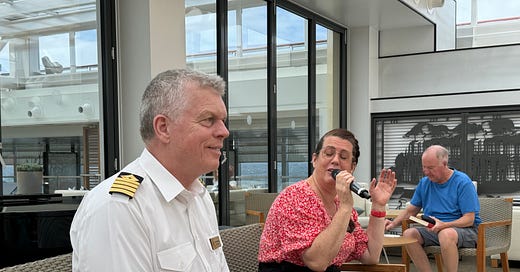


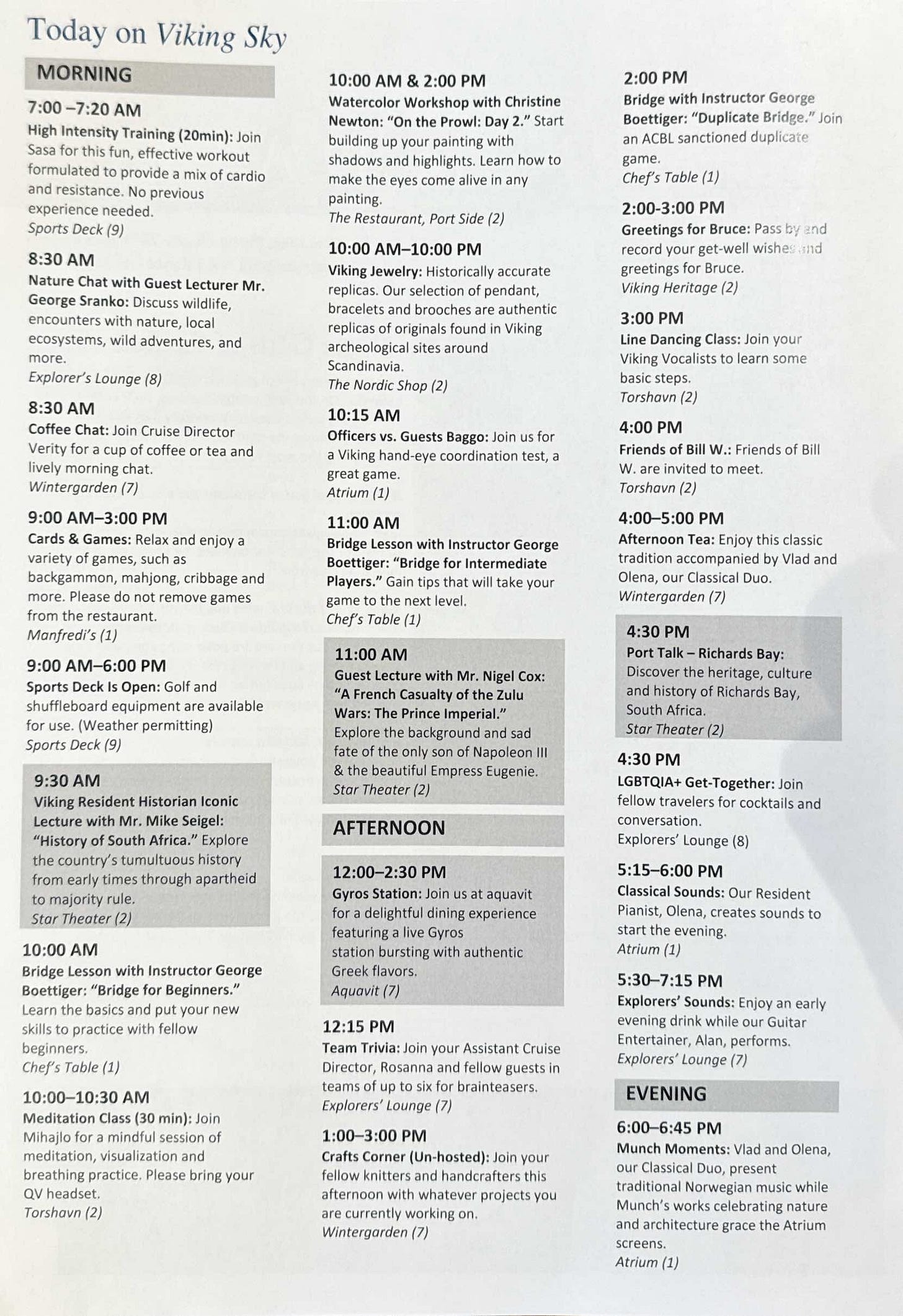
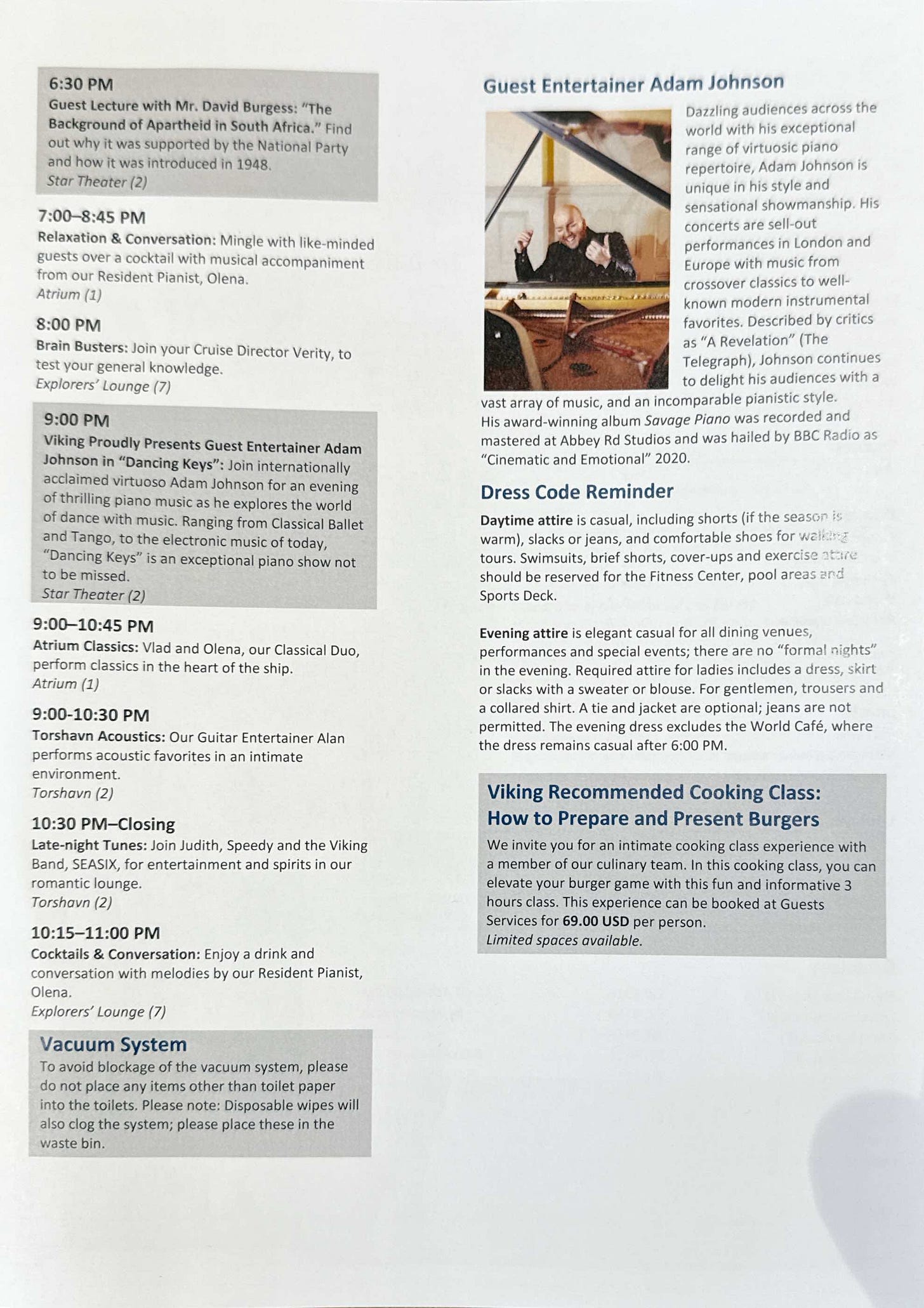

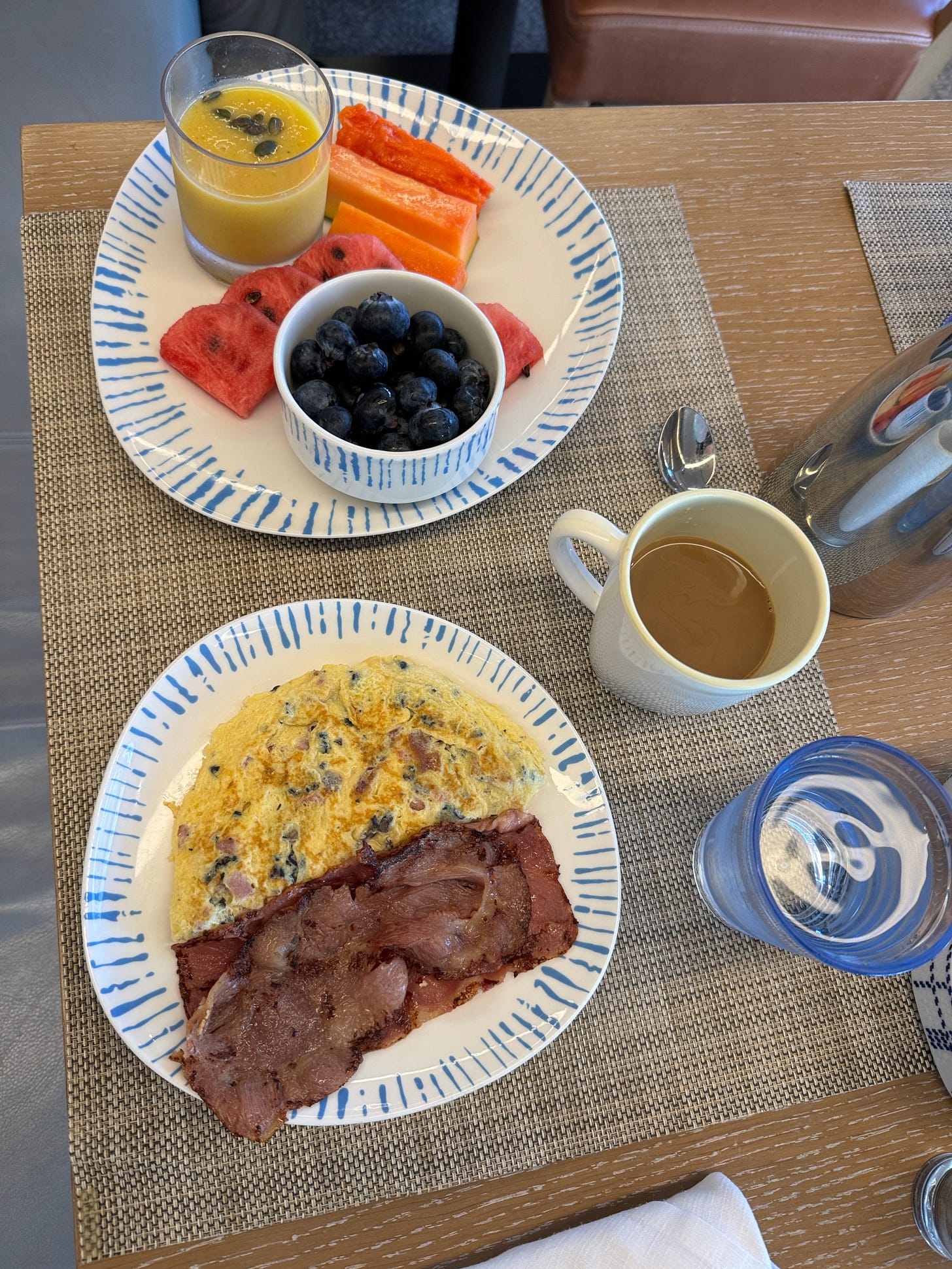
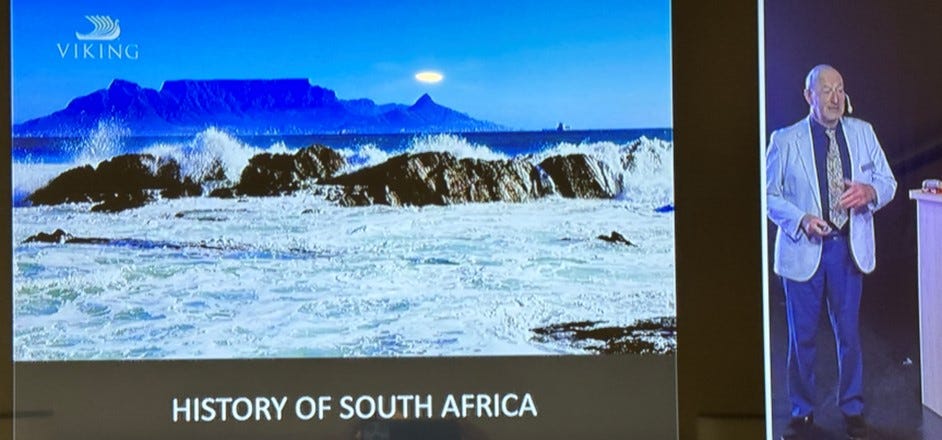
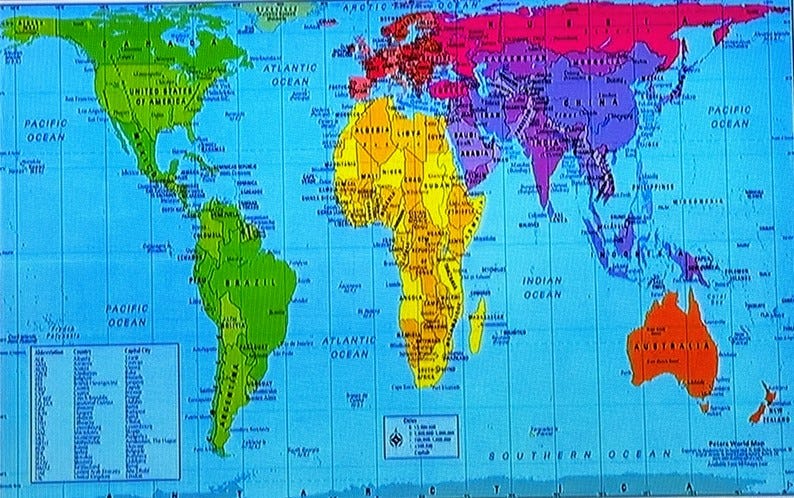
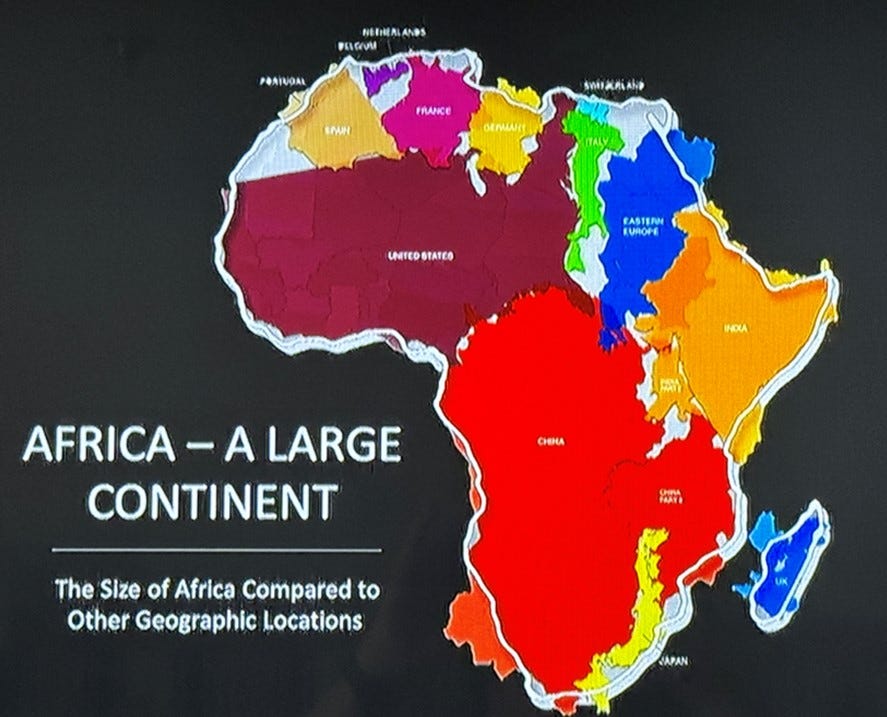
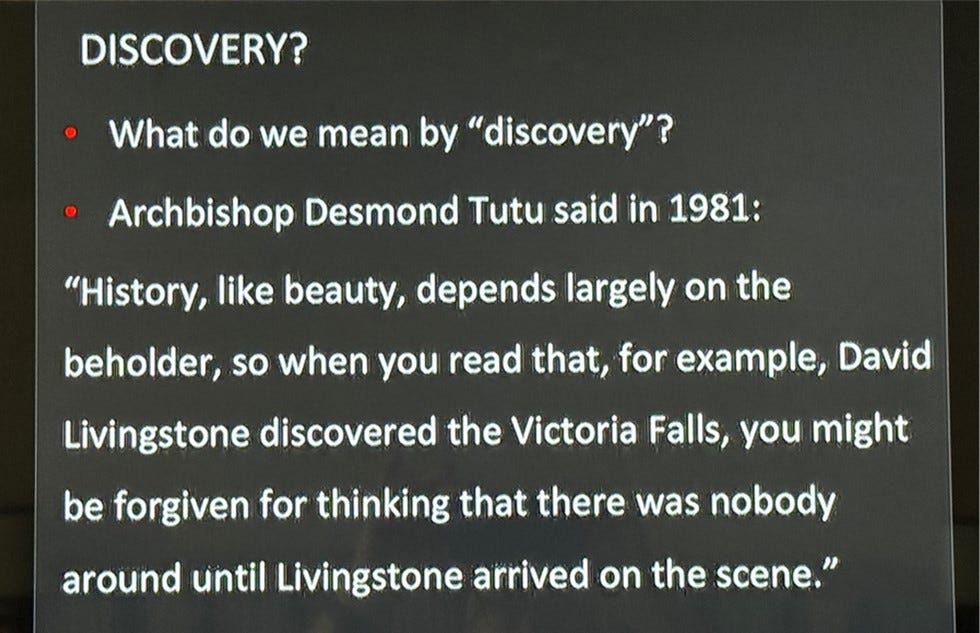

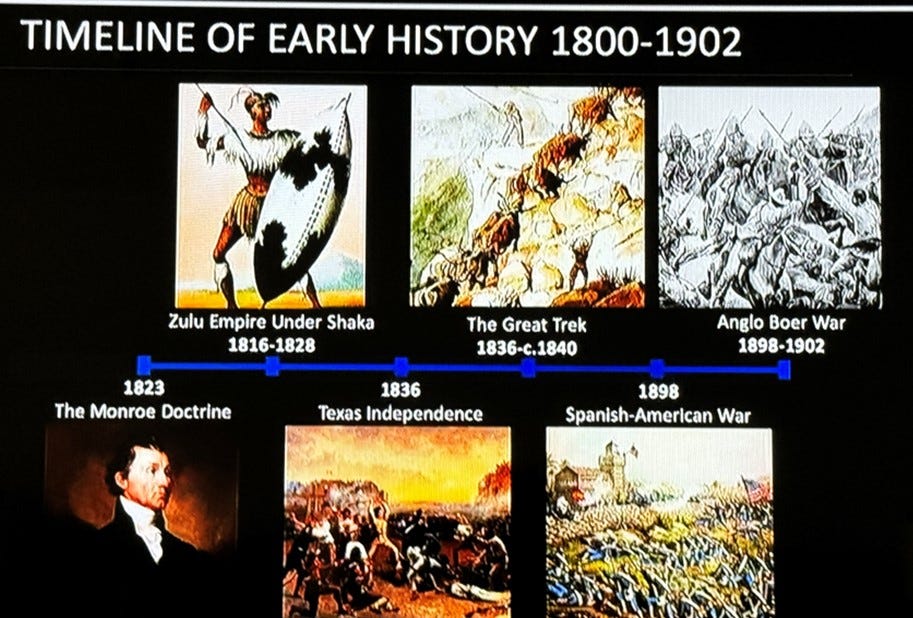
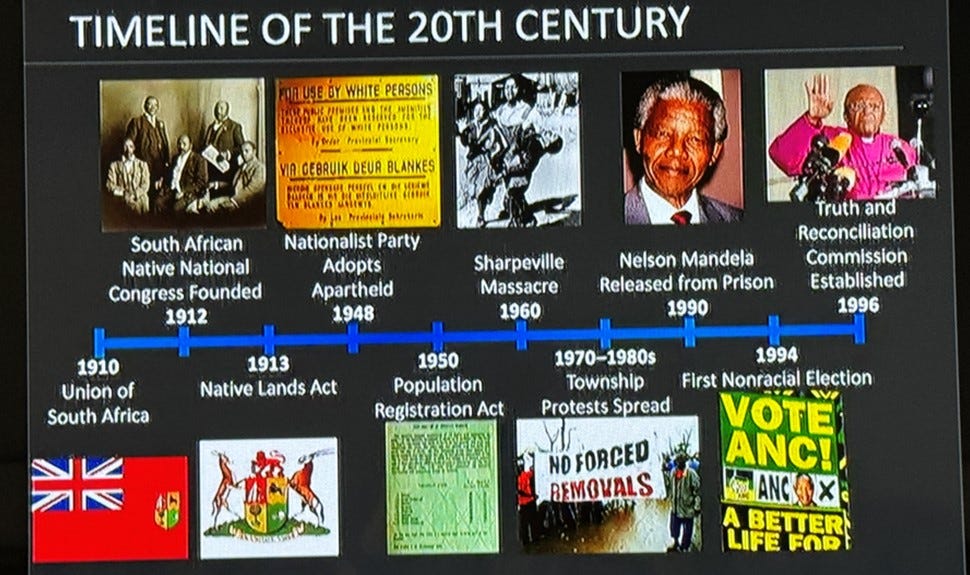
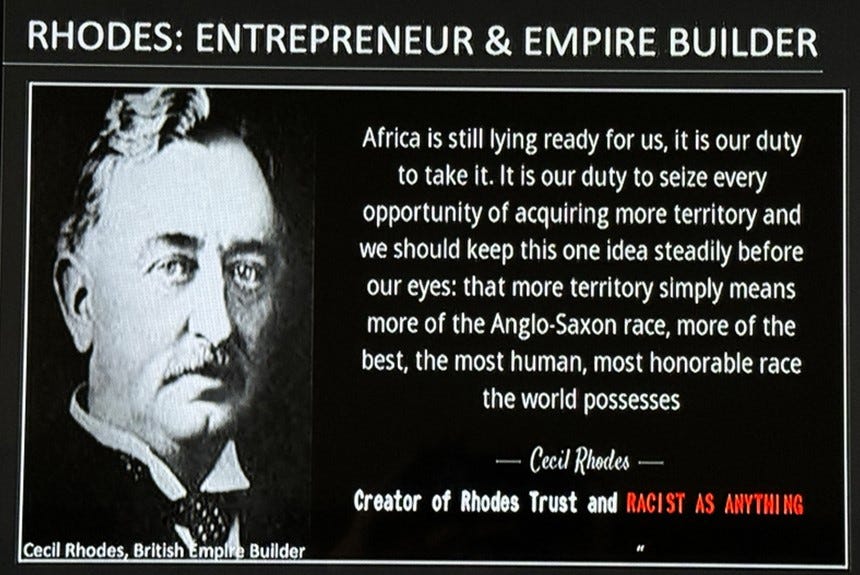
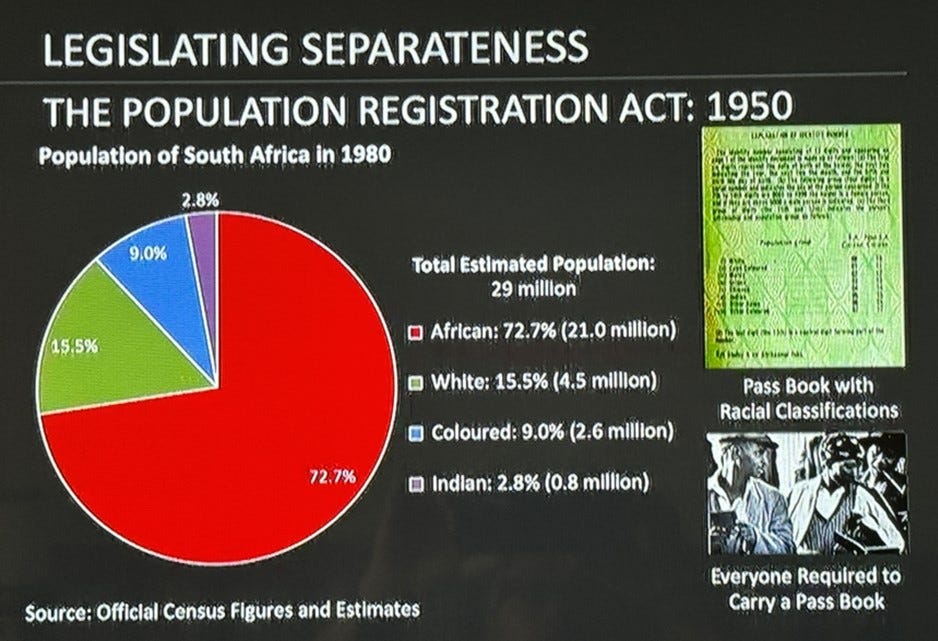
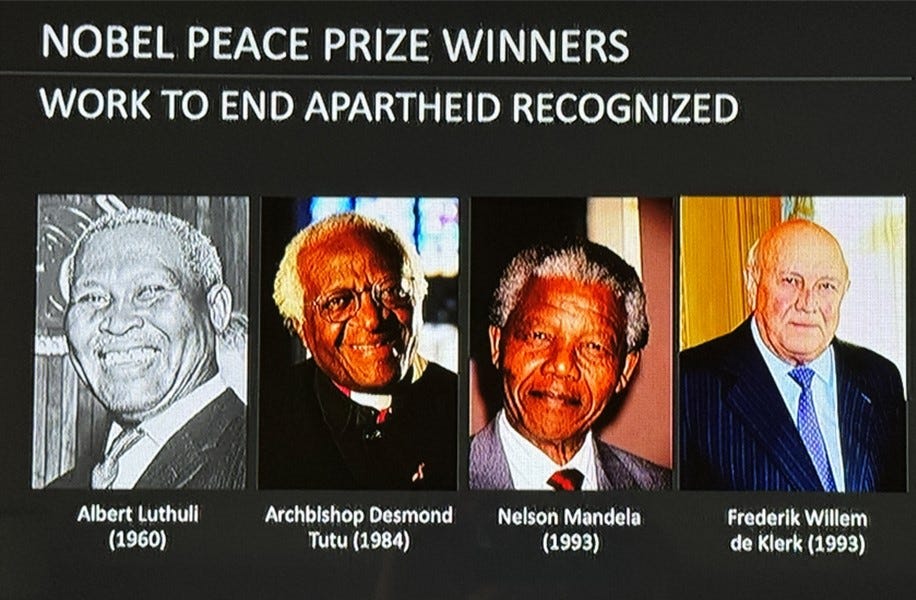
Really enjoyed today’s blog. Not only for the lecture, which was fascinating, but also for the daily activities at sea, the menus, etc. You have done that before, but never as succinct as today. Great job, Jim!